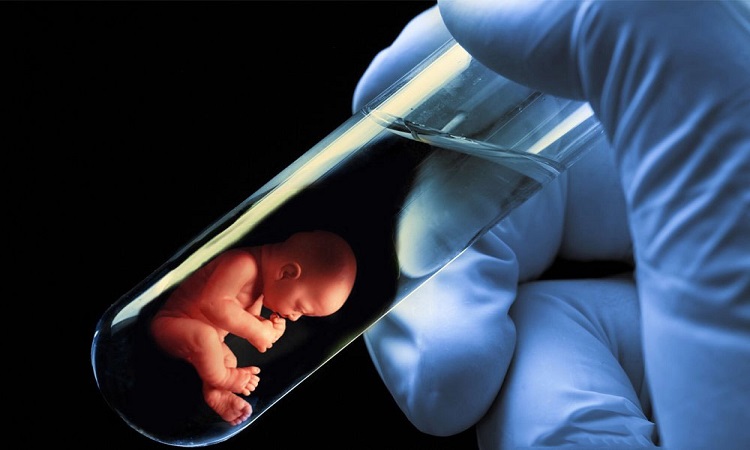The terms IVF and test-tube babies are not different concepts. IVF vs test tube is not an appropriate demarcation. The reason for the same is that these are the two names of the same procedure. The term test tube baby has been easily accepted in India as the name itself defined the procedure well. Test tube baby referred to the development of the embryo in a test tube.
In the beginning stages, most people often believed that the complete process of development takes place in the test tube itself which is not true. Instead, it’s the only embryo that develops in the test tube and the rest of the phase of pregnancy is the same as the normal one. The treatment has been a miracle blessing the childless couples with their biological kids. The most important and fascinating part is that the babies born through IVF are just Ike normal children in every aspect.
With the rise in infertility cases nowadays the procedure is gaining unmatched popularity. The inability of natural conceiving is marking the importance of the same.
What is in-vitro fertilization?
The mode of fertilization is in which the egg is fertilized in a glass dish and the fertilized egg is then placed back in the mother’s womb or the lining of the uterus. The 5 steps of the procedure include the following steps.
1. Egg stimulation followed by egg retrieval
The procedure requires more than one egg and therefore, the respective medicines are recommended to the female patients for enhancing the ovulation process. The medications are the first step in the procedure and then the same is followed by the proper observation of the couples under medical practitioners with a related blood test and ultrasounds etc.
This is then followed by the retrieval of the egg which is a small surgical method of inserting a thin needle in the vaginal passage to the ovary hence the eggs are retrieved by the mode of suction. The mode of egg retrieval is also known as follicular retrieval.
2. Inseminating the eggs with the semen
The next step is inseminating the retrieved eggs with the sperm in a glass dish/Petri dish. The sperm and eggs are left to be fertilized for the recommended duration of time or overnight. This step counts its importance as this is the base of the procedure. If these are well-fertilized then only the procedure will have the best results. Overall, the success and failure of IVF count on this step.
3. Embryo culture and final transfer
The next in the sequence of the steps of IVF is culturing the embryo developed under expert supervision. Constant monitoring is done to keep a check on the development of the embryo. Here embryo is also tested genetically to assure the complete generation of healthy and capable growth of the baby.
Then, after 3-5 days of the fertilization process, the embryo develops mature enough to be implanted into a mother’s womb/uterus using a catheter. Then the process in the embryo takes a further term of 6-10 days.
The respective steps and explanation defines the terms well and justifies the name given to the procedure.















